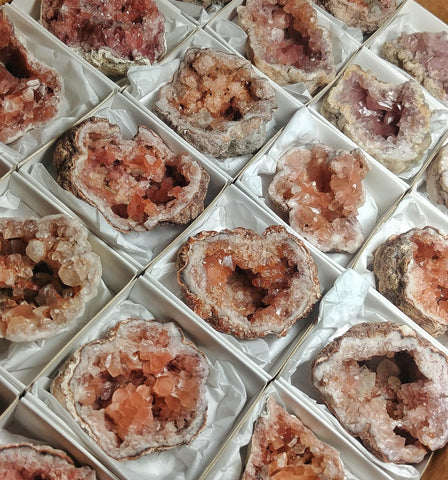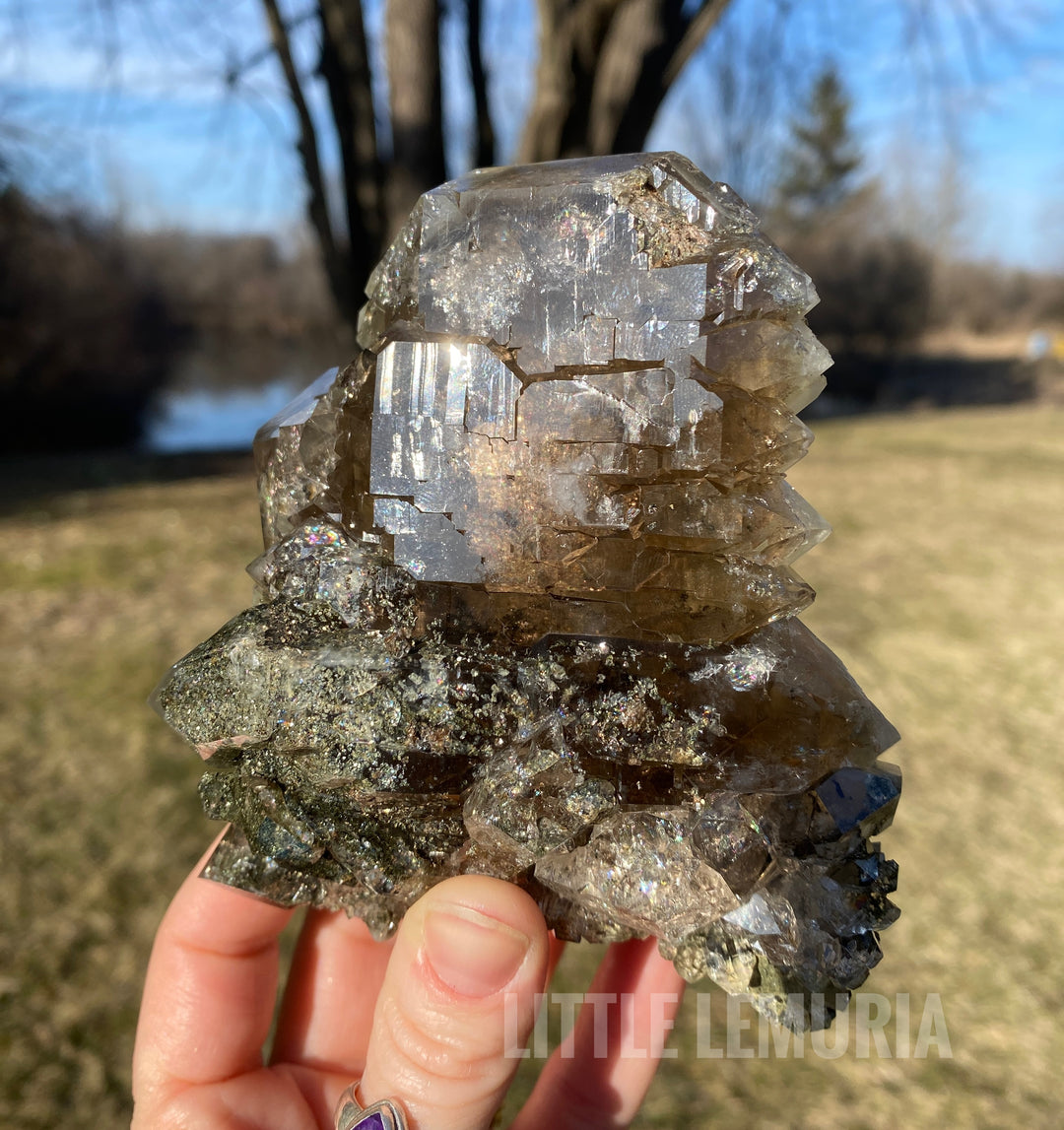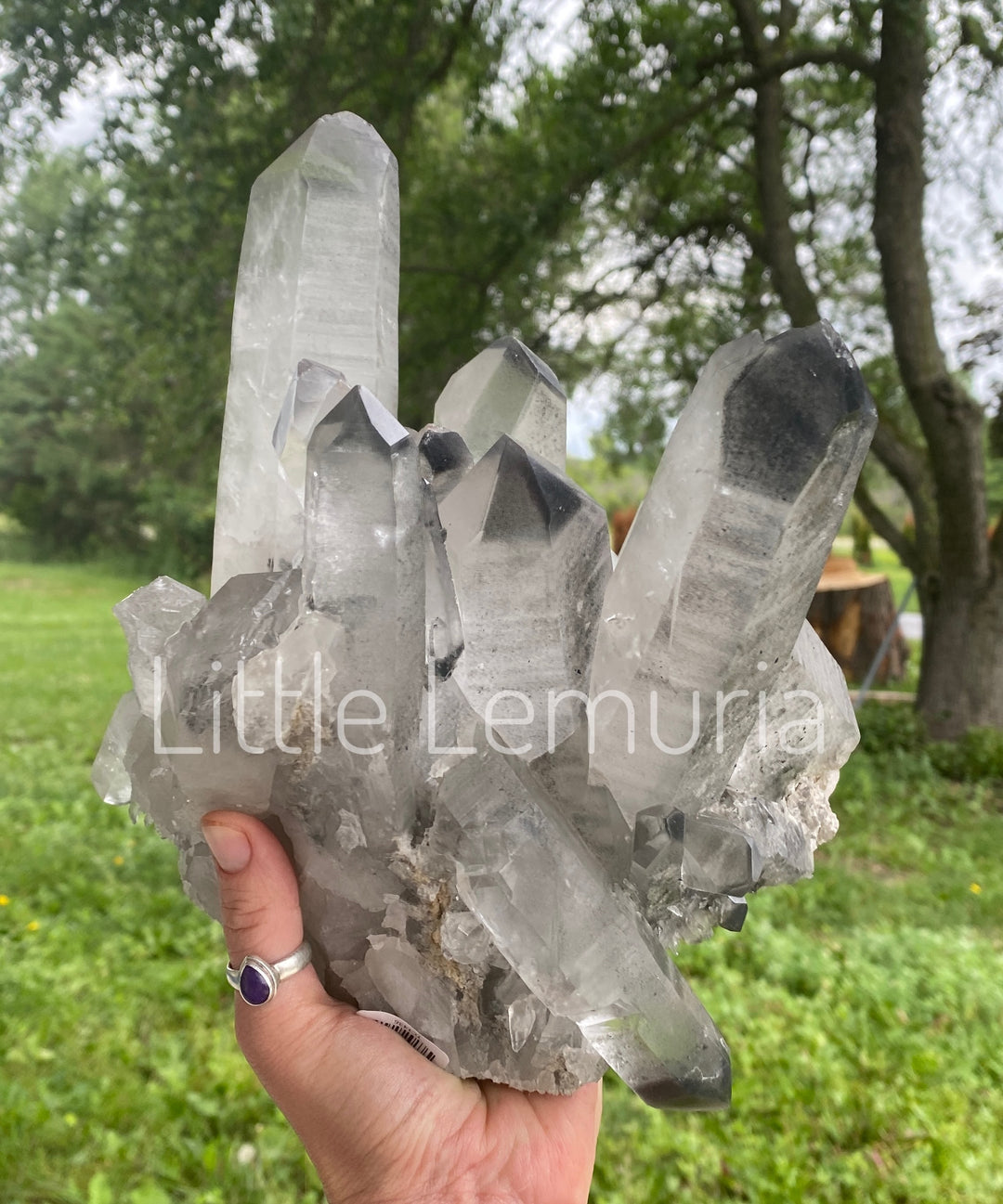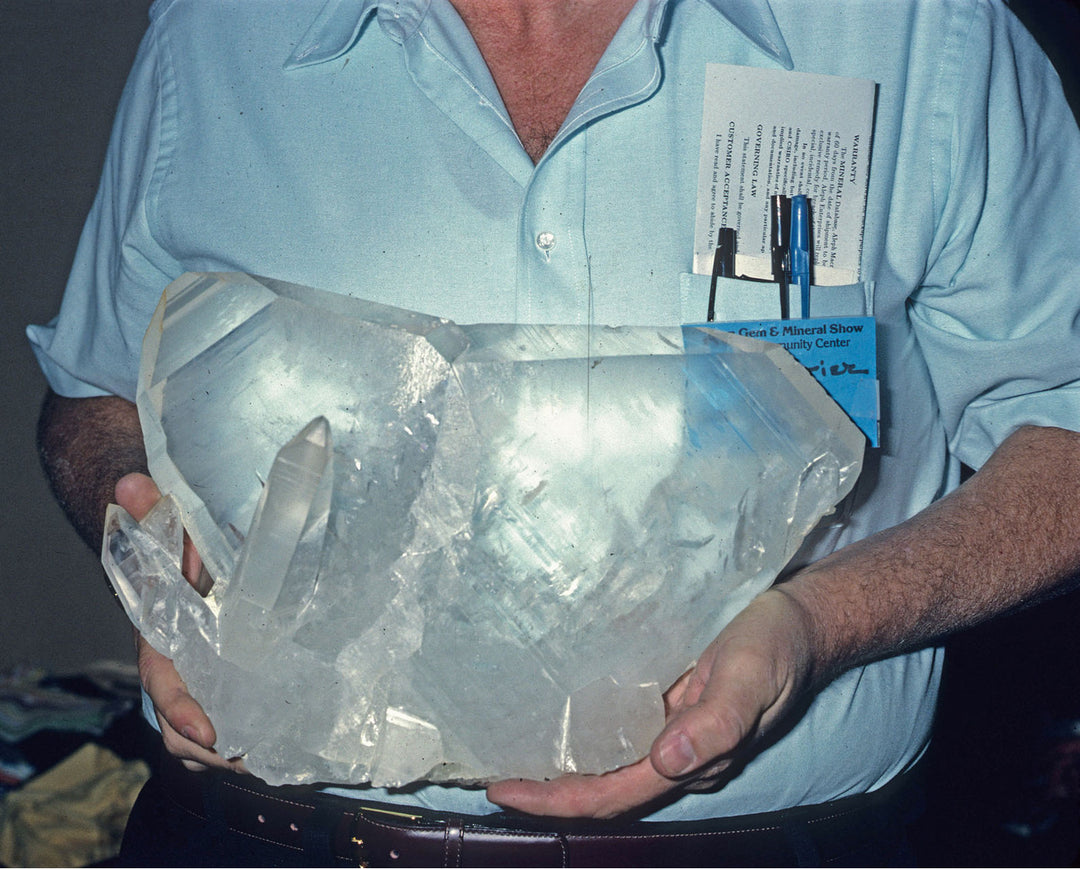The No Frills Facts on Colorful Quartz Favorites
First blog post of 2019! I feel refreshed, inspired, and highly motivated to create the best no nonsense crystal blog of the year. It is my hope that this is a safe place for discussion, questions, and reliable scientific based facts about the gems we all love. Today’s topic might sound a little “back to the basics” but I can guarantee most collectors and enthusiasts reading are going to glean some new and valuable information about the classics. Amethyst, Rose Quartz, and the elusive Pink Quartz are 3 completely different varieties of quartz that are often deceptively advertised. Let’s dig in and explore the parameters that define these crystals.

Our knowledge of quartz has come a long way since 300 BC when crystals were believed to be a permanently solidified form of ice. Unfortunately, somewhere along the way, people started taking liberties, crossing wires, and choosing names out of a hat for what were otherwise very well-defined color varieties of quartz. There are 2 subcategories of quartz, macrocrystalline, and cryptocrystalline (sometimes called microcrystalline). For today’s purposes we will only be discussing varieties of Macrocrystalline quartz. Cryptocrystalline are fun varieties like agates, chalcedony, flint, and we will save discussion on pretties for another day.

Amethyst, by definition, is a violet variety of quartz. Amethyst can be dispersed evenly throughout the specimen, it can be condensed near the tip or center, and it can even present itself as a phantom in an otherwise clear quartz point. What amethyst cannot be is any color other than purple. Pink amethyst, for example, is in no way accepted as amethyst in any scientific circles. Geodes from Patagonia have come into the trade in the past few years and they have been welcomed with the name “Pink Amethyst” attached. When a chemical analysis was performed on the crystals, they were found to contain microscopic hematite particles, and other micro calcium and sulphate inclusions.


To clarify, purple amethyst color is not caused by any inclusions, it is caused by gamma irradiation that causes a color shift in the atoms of trace amounts of iron in the crystal lattice work. Amethyst color can be (and regularly is) treated with heat and radiation to change its appearance. While we’re at it, Black Amethyst is another marketing ploy. Unless it is a way to refer to a very dark purple amethyst like those found in India, the druzy cut-base pieces the trade has gone nuts for, are quartz with nickel and iron impurities.

At this point, it is important to define Rose Quartz because it is a quartz entity of its own as well. I have been asked countless times, if pink amethyst isn’t amethyst, then how do we know it isn’t Rose quartz? Excellent question, and I’m excited to share that there is a very straight forward answer! Rose quartz does not contain any hematite, unless of course it is Hematoid Rose Quartz which has very clear bands of red inclusions. Rose quartz gets its color from manganese, titanium, and some iron inclusions. Unlike Amethyst, Citrine, Smoky, and Pink Quartz, Rose quartz will not fade from prolonged exposure to the sun. Rose quartz forms only as a rock crystal, never with terminations. Perhaps my readers are saying, “what about the super rare crystal form of rose quartz!?” Ah, yes. This is a great debate as well.

Pink quartz (the terminated “rose quartz” in question) has almost nothing in common with Rose quartz except its color similarity. The color of Pink quartz is caused by irradiation-induced color centers based on aluminum, Al, and phosphorous, P, that replace Si in the atom lattice (Mindat.org). Pink quartz is very rare, and very unstable. A specimen can lose all its pink color in only 10 hours of direct UV light.

I am extremely eager to get into our next discussion on two very popular quartz varieties, Smoky quartz and Citrine, but alas I will refrain. I find this information absolutely riveting and cannot fully express in words the passion and drive I have for gathering this information in one spot and sharing it with anyone who will listen. Little Lemuria has been a gift to me and my family. I am so grateful for the opportunity to expand into another year of crystal discovery, education, and healing. Thank you all for your continued support as both new and returning readers and customers.






